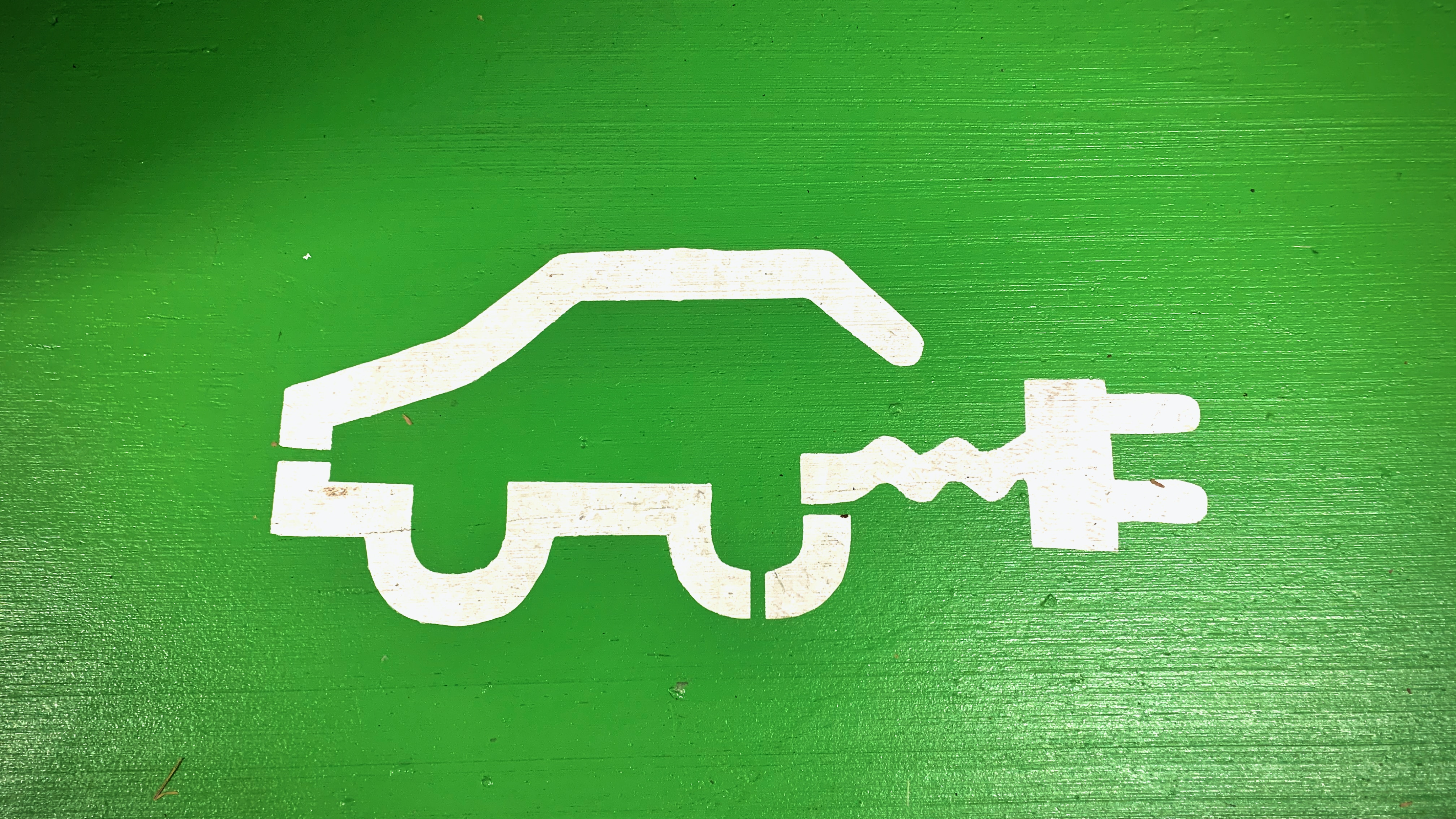Decoding Electric Vehicle Terminology: 37 Common EV Terms
If you’re new to the world of electric vehicles (EVs) or just looking to brush up on your EV terminology, we’ve compiled a list of common EV terms and explained them in a way that’s easy to understand:
- AC: Alternating Current. It is a type of electricity flow used for standard charging, like at home wall boxes or at public kerbside charging stations.
- Battery Degradation: The gradual loss of battery capacity over time, resulting in a reduced range and performance of the electric vehicle.
- Battery Capacity: The amount of power a battery can hold. Over time, the capacity decreases, but EVs come with a standard warranty. Additionally, the battery often has a longer warranty, typically around 8 years.
- BEV: Battery Electric Vehicle. A type of EV that relies exclusively on a battery for power and does not have a combustion engine. BEVs are charged by plugging them in, and once the battery is depleted, the vehicle will not operate further.
- BMS: Battery Management System. A system in electric vehicles that monitors and controls the performance, safety, and longevity of the battery.
- Brake Recuperation: A system that recycles energy back to the batteries when you slow down or brake. It’s also known as “brake regeneration” or “regenerative braking.”
- Charging Cable: A cable used to connect an EV to a charging station or power source for recharging.
- Charging Capacity: The maximum amount of electrical power that an electric vehicle can accept during charging, usually measured in kilowatts (kW).
- Charge Flap: A door or cover on an electric vehicle that provides access to the charging port, protecting it from dirt, dust, and weather elements.
- Charging Point: A physical location or outlet where an electric vehicle can be plugged in and charged.
- Charging Rate: The rate at which an electric vehicle charges, measured in kilowatts (kW). It indicates how quickly the vehicle’s battery can be replenished.
- Charging Station: A location where EVs can be recharged. Charging stations can be found in public places, homes, and workplaces.
- Climate Control: The system in a vehicle that regulates the temperature, ventilation, and humidity of the interior cabin, often using electric power in electric and hybrid vehicles.
- Cost per kWh: The price or cost per kilowatt-hour of electricity, typically used to calculate the expense of charging an electric vehicle.
- CVT: Continuously Variable Transmission. A type of transmission system that can seamlessly change through an infinite number of gear ratios, providing smooth acceleration and improved fuel efficiency in hybrid vehicles.
- DC: Direct Current. A type of electrical current that flows in only one direction, commonly used for fast charging electric vehicles.
- Destination Charging: Charging an electric vehicle at a specific location, such as hotels, restaurants, or shopping centres, to support longer trips and provide convenience to EV owners.
- EcoMode: A driving mode or setting in electric and hybrid vehicles that optimises energy efficiency by adjusting power delivery, throttle response, and other vehicle parameters.
- E-REV: Extended-Range Electric Vehicle. A type of electric vehicle that combines a battery-powered electric drivetrain with an internal combustion engine as a backup or generator to extend the vehicle’s range.
- EVSE: Electric Vehicle Supply Equipment. The infrastructure and equipment required to charge an electric vehicle.
- Fast Charging: High-powered charging that allows EVs to be charged quickly, typically in 30 minutes to an hour. Also referred to as “rapid charging.”
- HEV: Hybrid Electric Vehicle. A vehicle that combines an internal combustion engine with an electric motor to improve fuel efficiency.
- Home Charging: Charging an EV at a residential location, often using a home charging station or wall box.
- Inverter: An electronic device that converts direct current (DC) electricity from the vehicle’s battery into alternating current (AC) electricity to power the electric motor or other electrical components.
- kWh: Kilowatt-hour. A unit of energy measurement used to quantify the capacity of an electric vehicle battery and the amount of electricity consumed during charging.
- PHEV: Plug-in Hybrid Electric Vehicle. A hybrid vehicle that can be charged by plugging it into an external power source, combining an electric motor and an internal combustion engine.
- Precondition: The act of preparing the interior cabin of an electric vehicle to a desired temperature or condition before driving, often using the vehicle’s climate control system while still connected to a charging station.
- Public Charging Network: A network of publicly accessible charging stations that EV owners can use to recharge their vehicles when away from home.
- Range: The distance an electric vehicle can travel on a full charge before the battery needs to be recharged.
- Smart Charging: An intelligent charging system that optimises charging based on factors such as electricity rates, grid demand, and user preferences to maximise efficiency and minimise costs.
- Supercharger: A high-power charging station, often associated with Tesla, that can rapidly charge electric vehicles.
- Trickle Charging: Charging an electric vehicle at a very low power level, typically using a low-capacity charger, to slowly and continuously charge the battery over an extended period, such as overnight.
- Type 1 Cable: A charging cable with a specific connector used for charging electric vehicles with a Type 1 charging port, also known as “SAE J1772 connector.”
- Type 2 Cable: A charging cable with a specific connector used for charging electric vehicles with a Type 2 charging port, also known as “Mennekes connector.”
- Voltage: The electrical potential difference between two points, measured in volts (V). It determines the force or pressure at which electric current flows
- ZEV: Zero Emission Vehicle. Electric vehicles or other vehicles powered by an alternative energy source that produces no tailpipe emissions of pollutants during operation.
- Zero Emission: Zero emission. The absence of emissions of greenhouse gases and pollutants during the operation of a vehicle or any other technological system.

